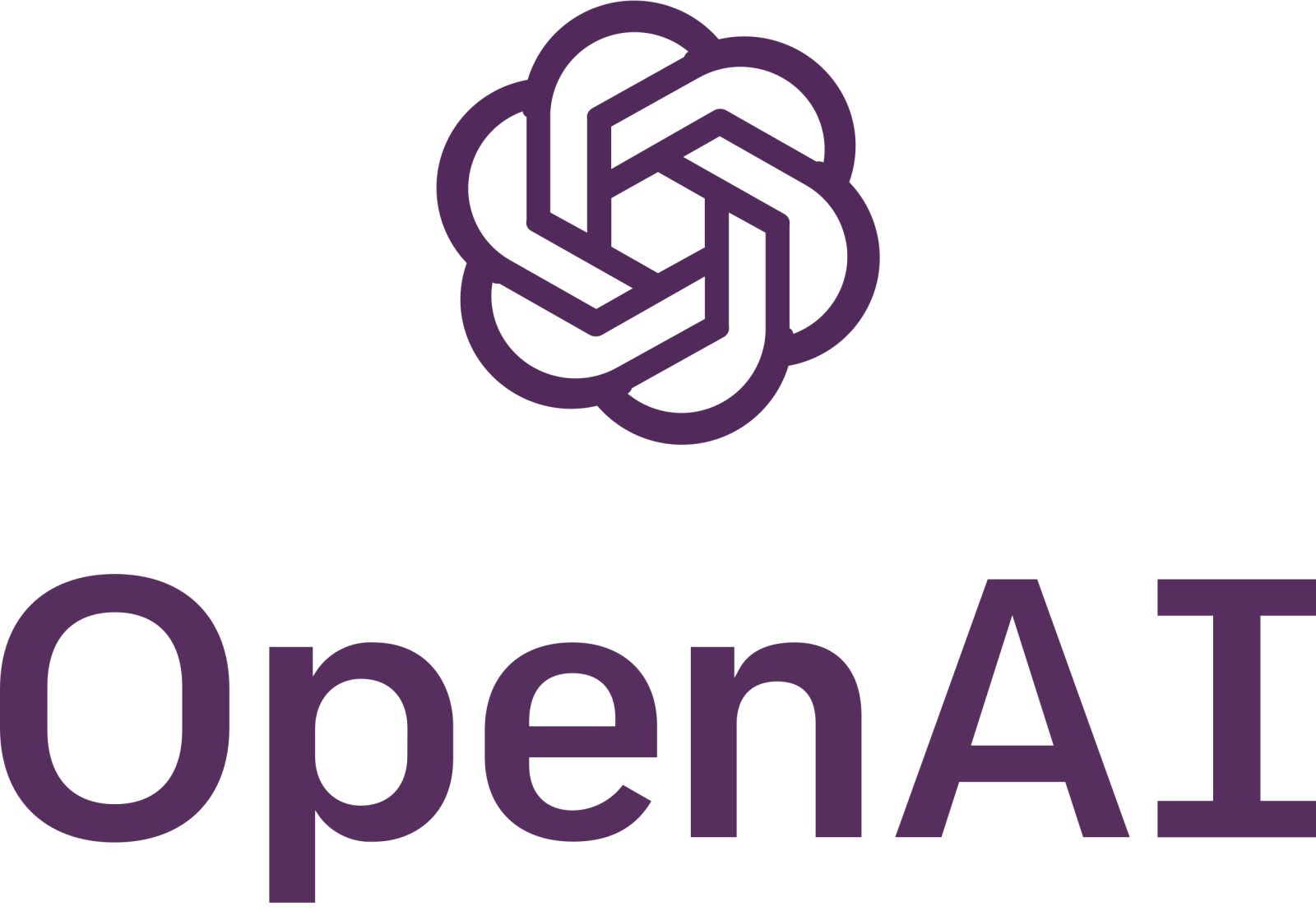Introduction
OpenAI has published a strategic document titled "AI at Work: OpenAI's Workforce Blueprint" that offers a clear, data-driven vision of artificial intelligence's impact on the world of work. With ChatGPT used weekly by 800 million people - approximately 10% of the global population - in less than three years since launch, the company presents an in-depth analysis to dispel myths and extreme predictions surrounding AI and employment.
The document stems from the need to bring clarity to a polarized debate: on one side, catastrophic predictions of massive job losses; on the other, unrealistic expectations of an immediate productivity boom. OpenAI analyzes 1.5 million de-identified ChatGPT conversations to understand who uses generative AI, how they use it, and what real capabilities it possesses in today's economy.
Artificial intelligence as enabler, not replacer
Data analysis reveals an emerging pattern: AI functions primarily as a tool for enhancing human capabilities rather than replacing workers. Three categories of activities dominate ChatGPT usage, representing nearly three-quarters of all user interactions.
The main activities include seeking information, getting practical guidance, and writing. About one-third of messages on the consumer platform appear to be work-related, creating what economists call "consumer surplus" through time savings and improved decisions. An independent estimate by economists Avinash Collis and Erik Brynjolfsson values this at nearly $100 billion annually for consumers, most of whom use ChatGPT for free.
How companies adopt artificial intelligence
ChatGPT adoption in workplaces follows a distinctive bottom-up pattern. Employees often begin using ChatGPT independently before their companies formally introduce it. Within the first 90 days of corporate ChatGPT deployment, workers use it for core business tasks such as market research and data analysis.
Writing emerges as the predominant activity across all business functions, from finance to sales to legal. AI's greatest value in the workplace lies in improving how people write, reason, and make decisions. In short: more ask than task. People use AI to support decision-making processes and streamline routine duties.
GDPval: measuring AI's economic capabilities
To explore future transformative potential, OpenAI researchers developed GDPval, a new evaluation that measures model performance on economically valuable tasks sourced from real-world practitioners, from writing legal briefs to conducting market research.
Results show that GPT-5-level systems now match or exceed human professionals on about half these tasks, completing them in minutes instead of hours. If current trends continue, these capabilities will advance rapidly over the next few years, suggesting that transformation could accelerate faster than anticipated.
Labor market impact: early signals
AI's increasingly powerful capabilities may already be showing up in labor market data. A recent working paper by Stanford's Erik Brynjolfsson, Bharat Chandar, and Ruyu Chen finds some evidence of negative impact on employment of early-career professionals, the same group that would likely be doing the kind of tasks models are improving at.
If these trends accelerate rapidly, they could push the first rung of the career ladder out of reach for many new graduates at a faster rate than new jobs are created. This situation requires a strong response from companies and governments to avoid long-term negative consequences on the labor market.
Strategies for preparing for the future of work with AI
The response to these changes begins with accelerating AI education and training efforts so that new graduates and the existing workforce are better prepared for what's next. This approach also requires incentives for employers to provide these opportunities to their employees.
OpenAI has launched initiatives such as OpenAI Academy and OpenAI Certifications to provide scalable solutions in this direction. This type of strategy is essential to ensure the right talent pipeline and maintain competitiveness for years to come. OpenAI's mission is to ensure that AGI benefits all of humanity, not by removing humans from the loop, but by building AI that can handle cognitive work while keeping humans responsible for important and consequential decisions.
Conclusion
As ChatGPT and other AI tools have been adopted at unprecedented speed, the biggest impact thus far has been in helping people improve their work and make smarter decisions. Translating technical capability into measurable job impacts remains complex, as jobs require collaboration, judgment, and relationships that current models don't fully replicate.
History shows that when technology automates some tasks, new kinds of work and jobs emerge that often require human skills. Many of today's jobs didn't exist a generation ago. As we continue to monitor AI's economic impact, continued research into exactly how AI is used and better forecasts are needed to help governments, businesses, and individuals prepare. Whether change comes faster or slower than expected, now is the time to invest in democratizing access and preparing for the jobs of the future.
FAQ
How many people use ChatGPT weekly?
ChatGPT is used weekly by 800 million people, about 10% of the global population, making it the fastest-spreading technology in history.
Will artificial intelligence replace human workers?
According to OpenAI's analysis, AI functions primarily as an enabler rather than a replacer. So far, it improves how people write, reason, and make decisions, supporting human work rather than completely replacing it.
What are the main activities for which AI is used at work?
The three main categories are: seeking information, getting practical guidance, and writing. The latter is the predominant activity across all business functions, from finance to legal.
What is GDPval and what does it measure?
GDPval is a new evaluation developed by OpenAI that measures AI model performance on economically valuable tasks sourced from real-world practitioners, such as writing legal briefs or conducting market research.
How are companies preparing for artificial intelligence integration?
Companies should accelerate AI education and training efforts for employees. OpenAI offers scalable solutions such as OpenAI Academy and OpenAI Certifications to ensure proper workforce preparation.
What is the economic impact of ChatGPT usage for consumers?
Economists Avinash Collis and Erik Brynjolfsson estimate consumer surplus value at nearly $100 billion annually, generated primarily from time savings and improved decision-making.
